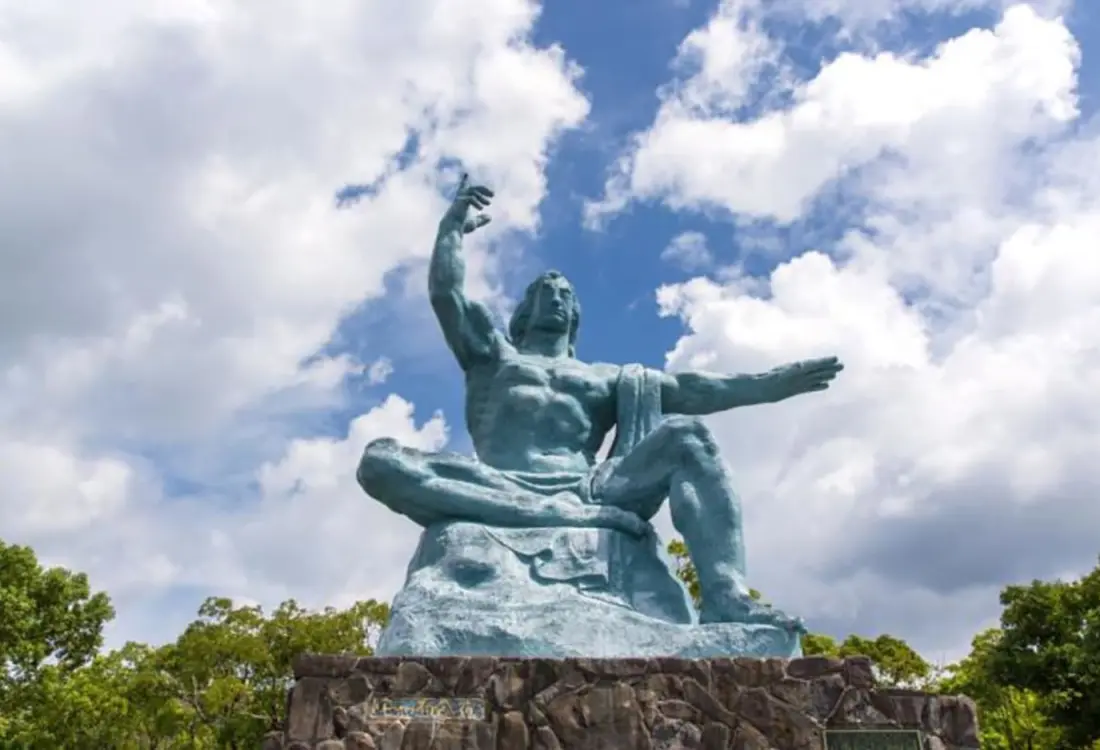
Welcome to
Nagasaki Prefecture
Nagasaki Prefecture is a combination of mostly coastal land and hundreds of islands in the northwestern part of Kyushu. Aside from being sadly famous for the atomic bombing of World War II, it boasts a fascinating history as one of the key points of contact between Japan and the rest of the world. It's also known for the roots of Christianity in Japan, and by visiting the many churches scattered about its lands you'll discover the history of the Kakure Kirishitan (hidden Christians), people practicing Christianity in secret during Japan's long ban on the religion. The landscape offers many beautiful sea views, along with an omnipresent lush green nature.

Nagasaki city still carries the traces of Japan's first contacts with foreign cultures. Here you will find Dejima, a place built to constrain foreign traders that housed the Portuguese first and the Dutch later. The nearby Chinatown is another historical sign of the presence of traders in Nagasaki. The Teramachi-dori (temple street) houses a number of Buddhist temples with a more Chinese feel, and you'll also find several Christian churches overlooking the city. Make sure you take the ropeway up to Mount Inasa to take in the whole of Nagasaki city from above. It is an unforgettable view.

South of Nagasaki city, the Shimabara Peninsula offers a more relaxing experience, with an abundance of nature surrounding Mount Unzen and some of the hottest and most active hot springs in Japan. Get on a bus from Isahaya Station and ride through rice fields and beautiful coastal views to Obama, a quiet hot spring town that prides itself for having Japan's longest foot bath. Further on is Unzen, famous for its steamy hot spring fields that people affectionately call “hells." You can top your relaxing hot spring experience with a journey into the natural beauty of the Unzen Amakusa National Park and Mount Unzen. At the Nita-toge Pass, hop on a ropeway that will take you up the mountain to an observation deck where you can admire the surrounding area.

Head towards the northern part of Nagasaki Prefecture and visit Sasebo, another important port city, that was greatly influenced by the presence of a U.S. Navy base. Take a stroll through Huis Ten Bosch, a theme park loosely recreating a Dutch town and get up to one of Sasebo's observatories to admire the breathtaking view of the Kujukushima Islands.

The stunning Kujukushima Islands are mostly uninhabited, and you can take a panoramic cruise through them from Sasebo. Also consider the peculiar experience of cruising the islands on a pirate ship. North of Sasebo is Hirado, an off-the-beaten-path island that houses the Hirado castle and a Dutch trading post. Venture further into the East China Sea from Sasebo or Nagasaki port and you'll find the Goto Islands, famous for being one of the hiding places for the persecuted Christians. Nestled among the five main islands of Fukue, Hisaka, Naru, Wakamatsu, and Nakadori are many Christian churches. The islands also offer a paradise-like landscape made of clear blue waters, lush vegetation and desert beaches.

When it comes to dining, visitors can't leave Nagasaki without trying Chanpon, a rich noodle dish inspired from Chinese cuisine. You can also feel the roots of the Portuguese trade by savoring a slice of Castella cake in the cafés of Nagasaki city. The abundance of coastal land offers a variety of delicious seafood, although Nagasaki is also proud of its wagyu beef.


Laura Loss
Laura is a Tokyo-based freelance writer, photographer and translator from northern Italy. She has a passion for craft beer, Japanese traditional instruments and discovering places that are off the beaten path.
 Enjoy The Relaxing Nature And Intriguing History Of Unesco World Heritage Amakusa
Enjoy The Relaxing Nature And Intriguing History Of Unesco World Heritage Amakusa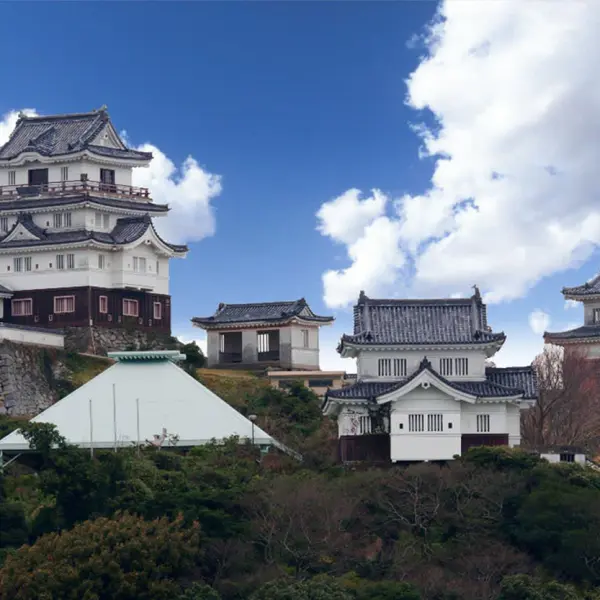 Hirado Castle Stay
Hirado Castle Stay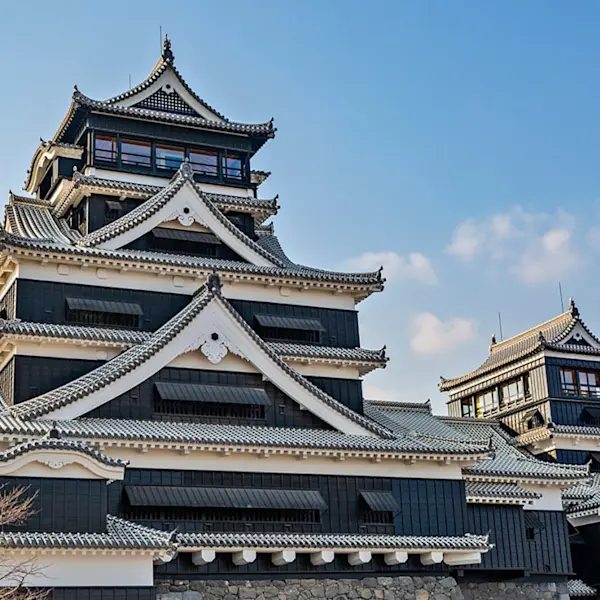 Kumamoto Castle: Exploring the History
Kumamoto Castle: Exploring the History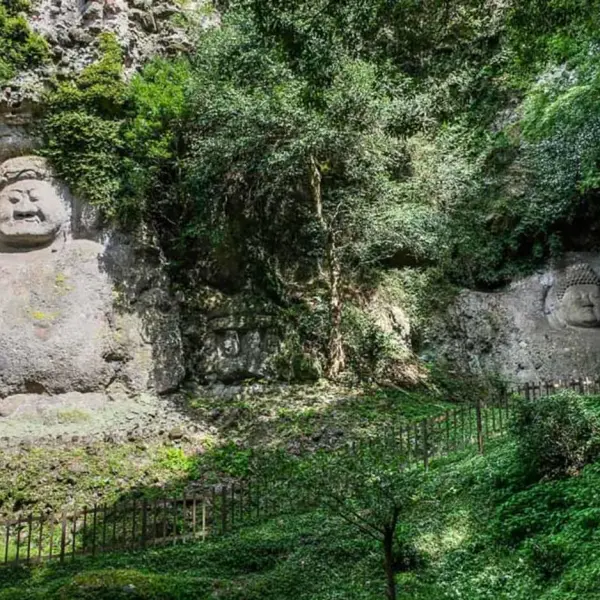 The Spiritual Trek of Kunisaki’s Rokugo Manzan Temples and Sites
The Spiritual Trek of Kunisaki’s Rokugo Manzan Temples and Sites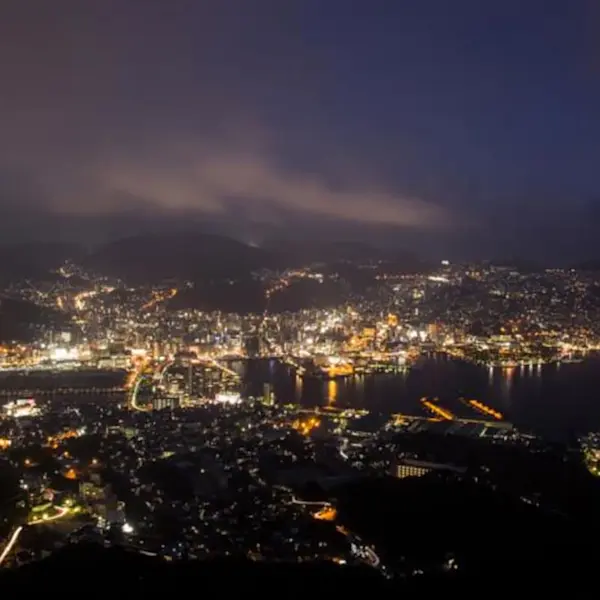 Trade, War and Religion: The Many Faces of Nagasaki City
Trade, War and Religion: The Many Faces of Nagasaki City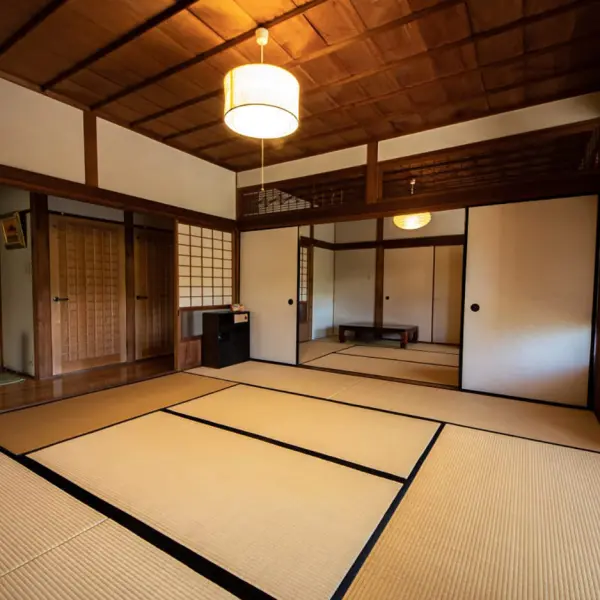 Exploring Obi Castle
Exploring Obi Castle Kitakyushu Highlights: Kokura Castle and Kawachi Wisteria Garden
Kitakyushu Highlights: Kokura Castle and Kawachi Wisteria Garden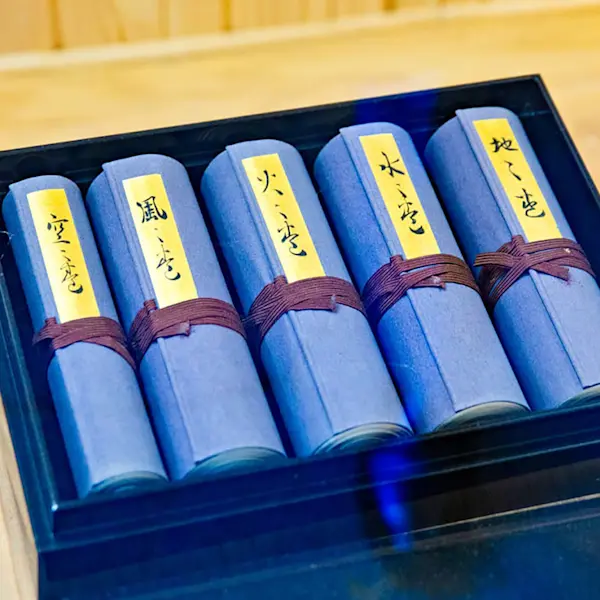 Musashi Miyamoto: Perhaps the Best Samurai Swordsman in Japan
Musashi Miyamoto: Perhaps the Best Samurai Swordsman in Japan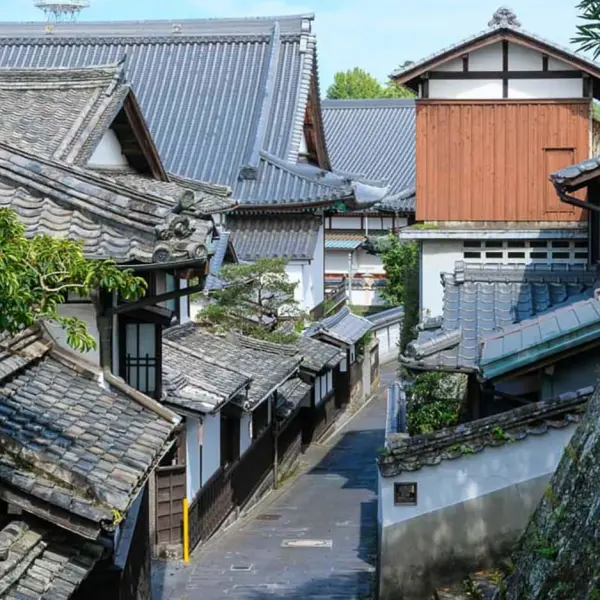 Usuki's Samurai District and Edo Period Castle Town
Usuki's Samurai District and Edo Period Castle Town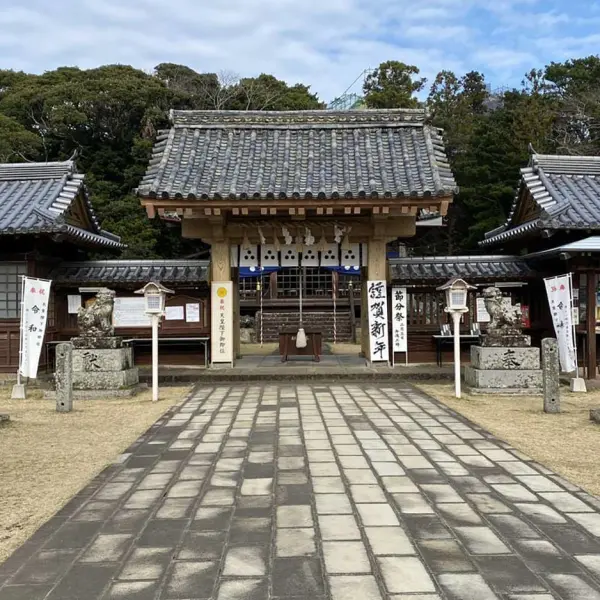 Hirado Matsuura Clan: Over 1,000 Years of History
Hirado Matsuura Clan: Over 1,000 Years of History




